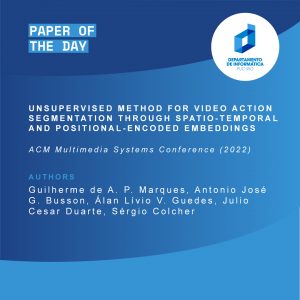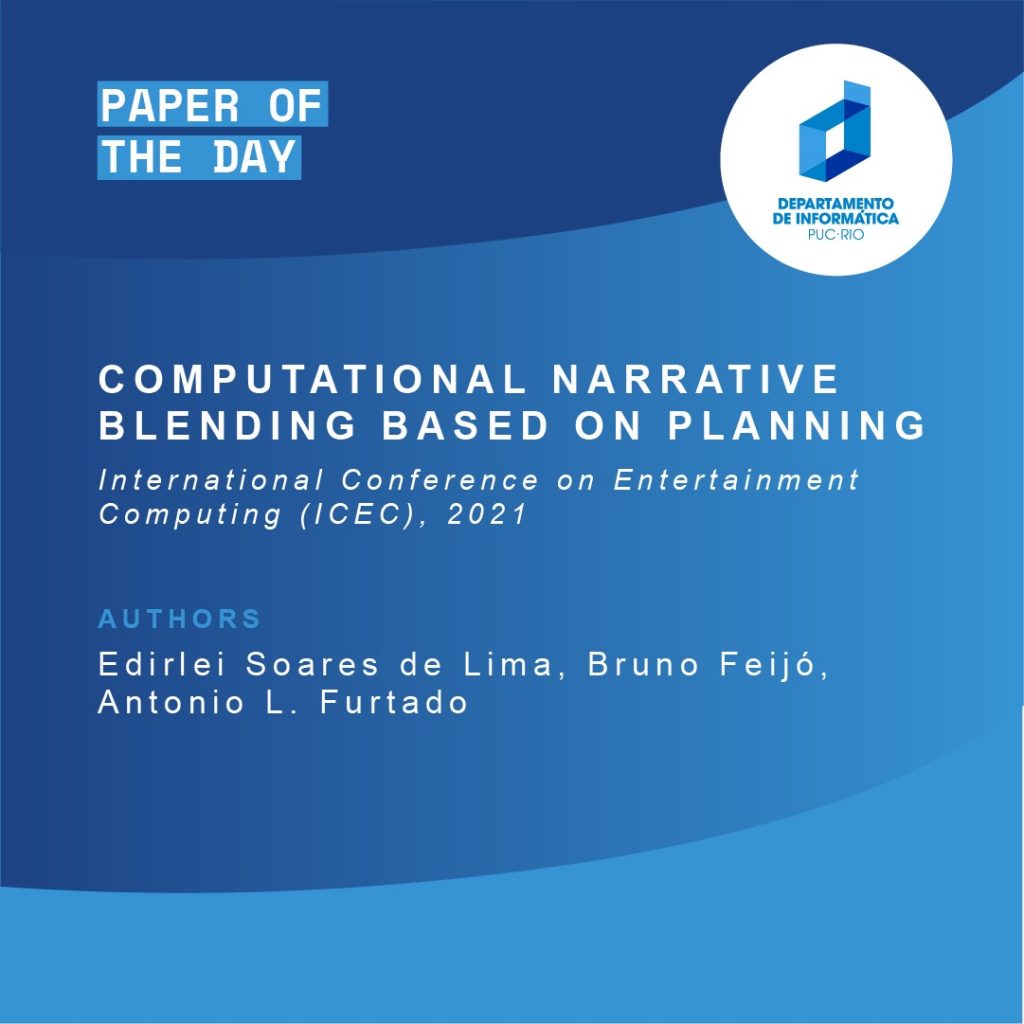
Campus da PUC-Rio
Professores Lucena, Garcia e Schwabe estão entre os 33 pesquisadores de maior destaque na área, segundo a Guide2Research
Três professores do Departamento de Informática (DI) da PUC-Rio estão entre os 33 pesquisadores mais influentes em Ciência da Computação e Eletrônica no Brasil, segundo o ranking da Guide2Research, principal portal de pesquisa na área. O professor Carlos José Pereira de Lucena aparece na 11ª posição, o professor Alessandro Garcia na 19ª e o professor aposentado Daniel Schwabe está na 30ª colocação.
A classificação leva em conta os cientistas que tenham índice H do Google Scholar a partir de 40 e verifica suas publicações no Digital Bibliography & Library Project (DBLP). Também são avaliadas premiações e bolsas de cada pesquisador. Esta edição do ranking se baseou em dados coletados até 10 de maio de 2021.

Professor Carlos José Pereira de Lucena
Um dos grandes nomes e fundador do DI, Carlos Lucena tem uma trajetória profissional singular. Segundo a tabela, o diretor do Laboratório de Engenharia de Software do DI tem 345 artigos registrados no DBLP, 12,250 citações e índice H = 52. Lucena é também ganhador do prêmio ACM Fellow (2013) e do ACM Distinguished Member (2009). Seu artigo de maior destaque no Google Scholar, “Modularizing design patterns with aspects: a quantitative study”(2006), conta com 434 citações. Em seguida vem o “On the reuse and maintenance of aspect-oriented software: An assessment framework”, com 365 menções.
Ainda de acordo com o ranking, o professor associado do DI Alessandro Garcia, que também atua no campo de Engenharia de Software, tem 253 artigos registrados no DBLP, 9,126 citações e índice H = 46. Vários de seus trabalhos receberam distinções nas principais conferências internacionais da sua área, como o “ACM Distinguished Paper Award” do ICSE 2014. Atualmente, Garcia trabalha em parceria com grupos de pesquisa internacionais nos EUA, Inglaterra, Alemanha e Argentina.

Professor Alessandro Garcia
O professor aposentado Daniel Schwabe aparece na lista com 149 artigos registrados no DBLP, 8,685 citações e índice H = 40. No Google Scholar, seu artigo mais relevante é o “HDM—a model-based approach to hypertext application design”(1993), que chega a 1105 citações. Em seguida está o trabalho “An object oriented approach to web-based applications design”(1998), citado 666 vezes.
 #paperoftheday
#paperoftheday


 #paperoftheday
#paperoftheday
 #paperoftheday
#paperoftheday

